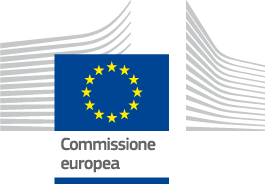

FLAG Factsheet
Lake Peipsi is the fourth largest lake in Europe and Estonia's largest FLAG. The Peipsi fisheries areas include Lake Peipsi, Lake Pihkva, Lake Lämmijärv, nine lakes in Vooremaa and the coastal areas of Suur-Emajõgi downstream from the city of Tartu. The area of activity of the FLAG includes Ida-Viru, Jõgeva, Tartu and Põlva counties.
An analysis of the area’s population revealed that one of the region’s greatest issues is the fact that the population is decreasing. It has reduced by 7% since the previous strategy began implementation in early 2009. The population is decreasing on both a local and regional level and the areas remote location on the Russian border would seem to exacerbate this.
There are five Natura 2000 areas which cover about 586.86 km2 or 37.96% of the area.
The FLAG strategy focuses on the following objectives:
National
In 2016 two calls for projects have been published one in May and one in September, in 2017 three calls for projects: January, May, August.
For the following period 2018-2019 two calls are foreseen per year: February and August.
The calls are published at the following website: www.pkak.ee and in “Peipsirannik” newspaper.
The Peipsi FLAG is interested in promoting lifelong learning on various levels, raising the visibility of the fisheries sector among a wider and encouraging the youth to enter the sector. The FLAG looks to cooperate with neighbouring LAGs and FLAGs to promote the fisheries area. The FLAG is also intersted in transnational cooperation regarding fishing techniques and fish processing in other fisheries areas.
The FLAG does not share a legal structure with th elocal LEADER LAG. However, they informally coordinate their work and share territory with four nearby LAGs. The FLAG aslo cooperates with other FLAGs throughout Estonia.
The FLAG membership consits of 20 local municipalities, 31 self-employed fishermen, 41 companies working in fisheries and 36 other non-profit organisations and other private and self-employed persons.